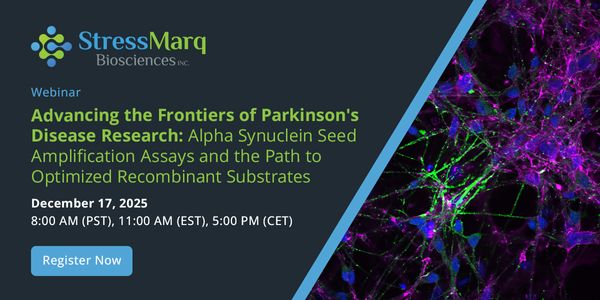A Physiologic Role of α-Synuclein in Synaptic Vesicle Recycling
α-synuclein (α-syn) is a small presynaptic protein linked to the pathogenesis of Parkinson’s disease (PD) and related disorders, collectively called synucleinopathies. Phosphorylation of α-syn at Ser-129 is a pathologic hallmark of synucleinopathies and is widely considered to be a therapeutic target. Using pHluorin assays, we and others have shown that modest levels of α-syn overexpression attenuates synaptic vesicle (SV) recycling, suggesting that α-syn is a physiologic attenuator of neurotransmitter release. Furthermore, we have shown that binding of α-syn to VAMP2 is necessary for α-syn-induced synaptic attenuation. In this study, we evaluated the presynaptic targeting of phospho-incompetent (Ser-129A) and phospho-mimic (Ser-129D) α-syn mutants, and also evaluated effects of Ser-129 phosphorylation on SV-recycling using pHluorins. While mimicking Ser129 phosphorylation augmented synaptic α-syn accumulation and further attenuated SV-recycling as expected, surprisingly, preventing Ser129-P completely blocked the ability of α-syn to attenuate SV-recycling; suggesting a physiologic role for this post-translational modification at synapses. Mechanistically, we found that phosphorylation at the Ser-129 site was required for α-syn binding to VAMP2 and subsequent synaptic attenuation, explaining the inability of Ser129 phospho-incompetent α-syn to attenuate SV-recycling. Finally, AlphaFold2-based modeling and membrane-binding simulations support a scenario where Ser-129 phosphorylation triggers a conformational change in α-syn that exposes its C-terminus, allowing VAMP2 binding and consequent functionality. Collectively, the data suggest a physiologic role for α-syn S129 phosphorylation and warrant caution in developing therapeutic agents that inhibit this phosphorylation site.
Learning Objectives:
1. Elucidate the importance of S129 phosphorylation of α-synuclein to physiology, in addition to its pathological association.
2. Explain the mechanism by which α-synuclein S129site phosphorylation triggers synaptic vesicle recycling.
3. Describe the current approaches to measure synaptic recycling as a result of neuronal activity.






